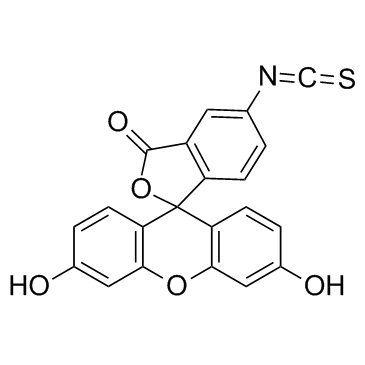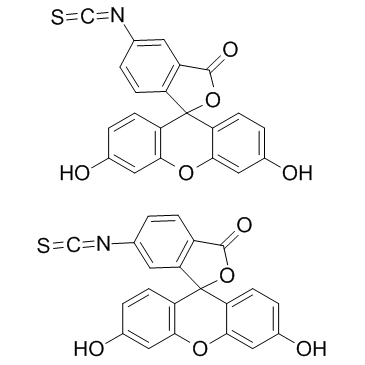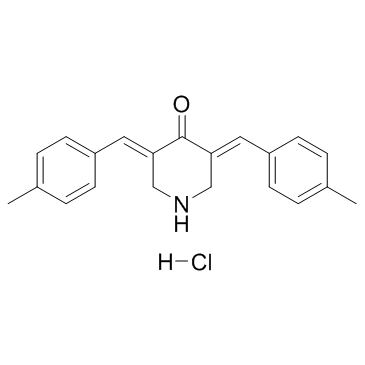| Structure | Name/CAS No. | Articles |
|---|---|---|
 |
Fluorescein isothiocyanate
CAS:3326-32-7 |
|
 |
fluorescein 5-isothiocyanate
CAS:27072-45-3 |
|
 |
NSC-632839
CAS:157654-67-6 |
|
 |
2-Phenylindole
CAS:948-65-2 |